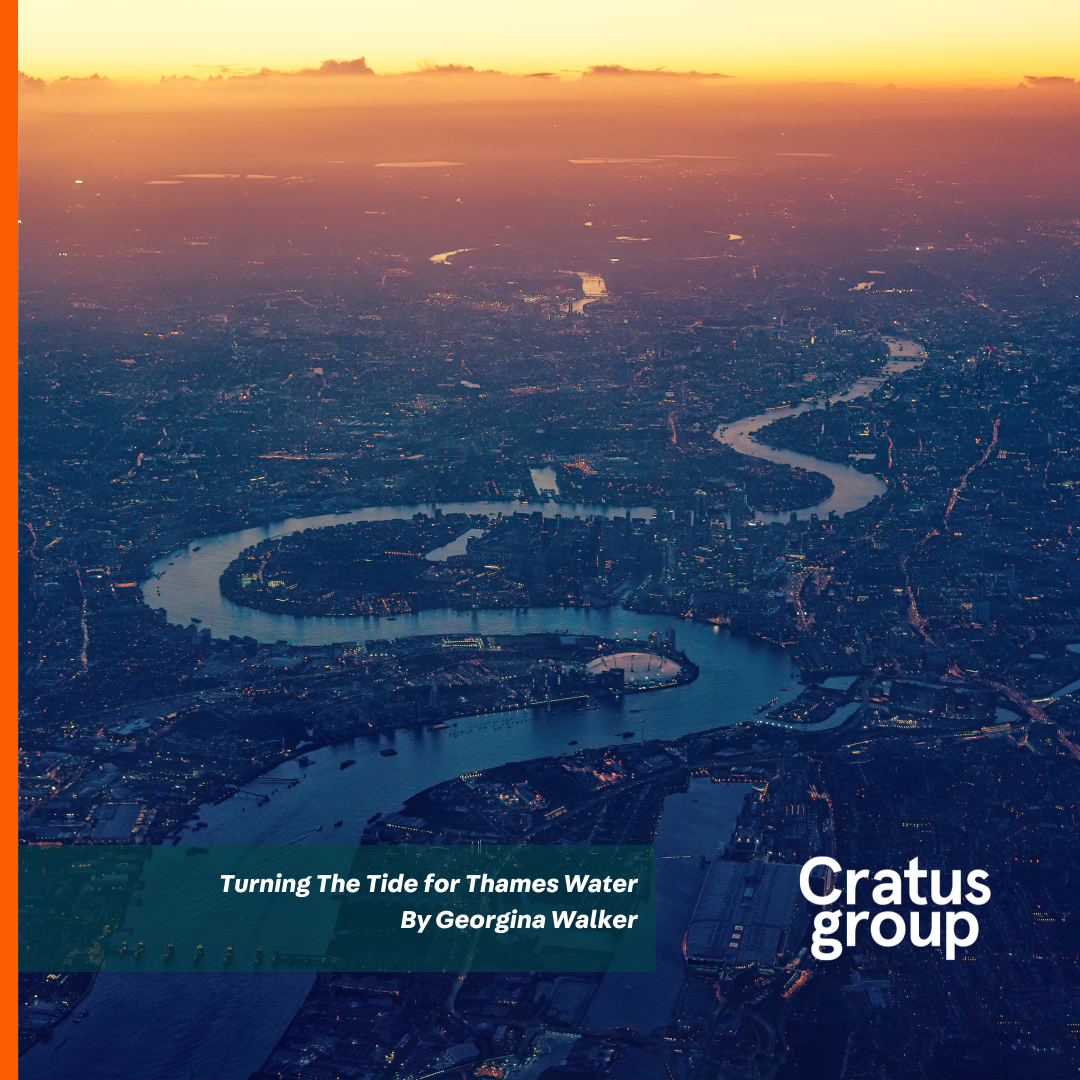Economic recovery in Southampton
by Louise Hingley, Account Executive
Whilst government and media attention has been focused towards the in-vogue ‘northern powerhouse’, Southampton has quietly been on the rise.
In 2019, for a third year in a row, Southampton was ranked the third highest city for growth on PwC’s Good Growth for UK Cities 2019 index, topped only by Oxford and Reading. Southampton’s upward trajectory looked set to continue long into 2020, as optimism across businesses in the UK jumped by the largest margin in a decade in February as a result of a more stable political and economic outlook, particularly around Brexit, after a long period of instability.
However, the disruption caused by Covid-19 has severely impacted the Southampton economy. In advance of our webinar with Cllr Chris Hammond, Southampton City Council Leader, Steve Szalay, Managing Director of Southampton Airport, and Prof. Mark Smith, University of Southampton Vice-Chancellor, we look at some of the key challenges and opportunities for recovery confronting Southampton.
Southampton is a Gateway City founded upon its connectivity. As the UK’s number one export port, Southampton handles exports worth £40 billion annually, of which £36 billion is destined for markets outside of the EU. With only 10% of exports going to the EU, the Port of Southampton is insulated if there are any export trading issues when the transition period ends. The Port will also benefit if new free trade agreements are produced quickly. However, the Port must balance its prosperity with honouring its commitment to taking a lead in improving air quality in the city.
Southampton’s cruising industry has come to a halt. Southampton is Europe’s leading turnaround cruise port, welcoming around 2 million passengers annually and is home to the UK fleets of the largest cruise line operators in the world. Every time a cruise ship visits Southampton, it is estimated to bring a cash boost of about £2 million. However, there have been no sailings since March and Cunard recently announced that it was extending its pause in sailing operations until Spring 2021.
Despite the current decline in passenger numbers, Southampton Airport is continuing to fight for permission to extend its runway, arguing that a larger runway will enable the airport to add to its routes and airlines needed to drive the recovery of the economy. There is currently ongoing concern that the economic benefits of extending the runway could come at the cost of the environment, the reason both Winchester and Southampton City Councils have objected to the proposals. Air connectivity is vital to the success of the region and many people want to see the airport thrive, made more likely by the extension of the runway. However, there is no longer an acceptance of putting economic factors ahead of the climate, many people want to see both complementing each other.
Southampton’s relationship with international trade means, by its nature, it is an international city and its connectivity is one of the reasons it has thrived previously. The Port of Southampton may well be one of the winners of Brexit, however, the fast return of the cruise industry is vital to jobs and the long-term economy of Southampton. Southampton City Council have committed strongly to their Green City Charter and Green City Plan 2030 and seem determined to ensure recovery will be grounded in clean and sustainable methods.
On Thursday 15th October, we will be hosting a webinar with Cllr Chris Hammond, Southampton City Council Leader, Steve Szalay, Managing Director of Southampton Airport, and Prof. Mark Smith, University of Southampton Vice-Chancellor, to discuss the challenges and opportunities for recovery in the Southampton city region.
Look out for more details and joining instructions in next week’s newsletter.







